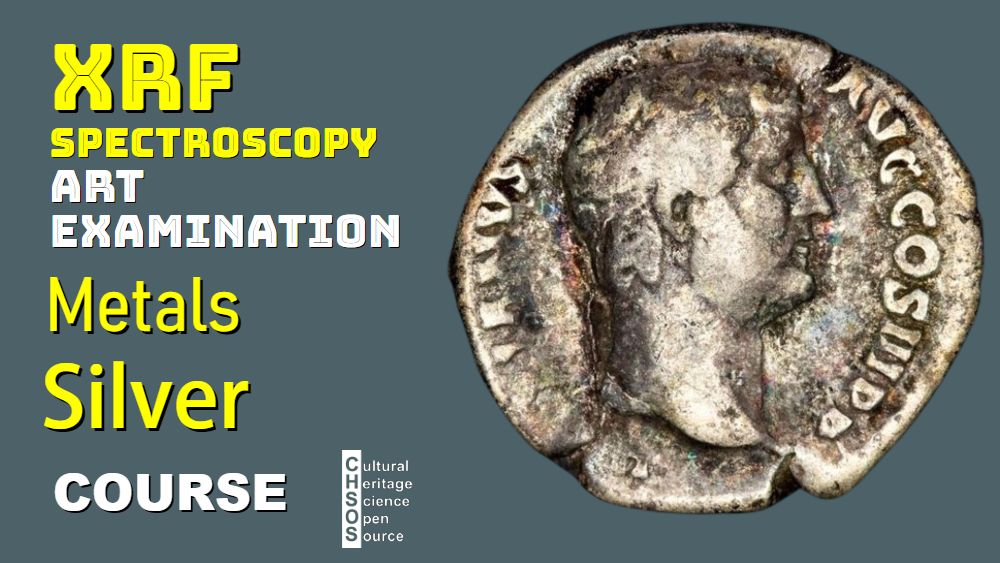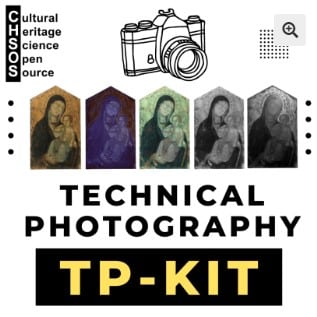
Silver has been one of the most important metals in coinage throughout history. However, pure silver is too soft for practical use, so it is typically alloyed with other metals, primarily copper. This lesson explores how silver-copper alloys have been used in coins from ancient Rome to contemporary Italy, examining their composition and spectral characteristics.
Objectives
-
Recognize different silver alloys used in historical coinage.
-
Interpret XRF spectra to identify variations in silver and copper content.
-
Compare compositional differences among coins from different periods.
Materials
-
Silver 925 standard sample
-
Silver 835 standard coin (500 Lire Centenario)
-
Roman Denarius coin
-
Medieval Denier coin (Lucca, 12th century)
Lesson Plan
-
Introduce the concept of silver-copper alloys and why pure silver is unsuitable for coinage.
-
Present the two silver standards (925 and 835) and discuss their compositions.
-
Analyze the XRF spectra of both standards, identifying the silver and copper peaks.
-
Examine and compare spectra of the Denarius and Denier coins, noting changes in alloy composition and the appearance of lead in the medieval coin.








